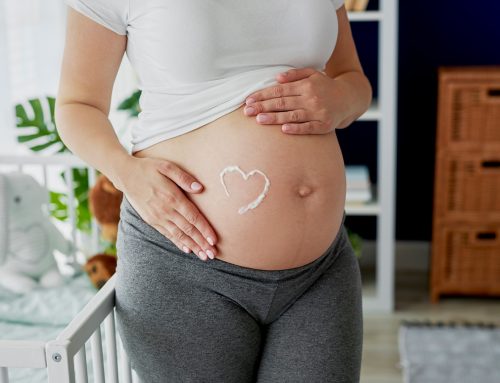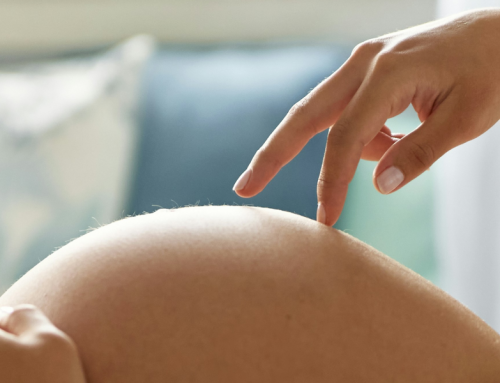Embryo transfer is the last step in an in vitro fertilisation treatment. Once the eggs have been inseminated in the laboratory and the embryos generated, it is time to introduce them into the mother-to-be’s uterus.
At this point, and if there is more than one embryo suitable for transfer, many women begin to have a doubt: “Which is better, transferring one embryo or two?”.
According to the law, in Spain it is possible to transfer up to three embryos during in vitro fertilisation treatment, although currently this practice is no longer performed. Transferring more embryos does not necessarily increase success rates, but it does increase the chances of multiple pregnancies, which can sometimes lead to gestational diabetes, pre-eclampsia or premature delivery.
Therefore, depending on each patient, one or two embryos would be transferred, although the tendency is increasingly to transfer only one.
In the in vitro fertilisation treatments that we currently perform at Eugin, the first option is always to transfer a single embryo on the fifth day of embryo development, known as blastocyst. Thanks to embryo culture in incubators with time lapse technology, embryo transfer has become widespread on day 5 of development instead of day 3, as was the norm until a few years ago. Time lapse culture allows embryologists to monitor the embryo more closely and select the embryo with the greatest implantation potential.
However, there are occasions in which the medical team may consider transferring two embryos at the same time, at day 3 of development, especially during in vitro fertilisation processes with eggs from women over 40 years of age, in which a pre-implantation genetic diagnosis is not performed, since it may happen that there are only a few embryos of lower quality, therefore the success rates (and the risk of multiple pregnancy) are also lower.
Does the probability of pregnancy increase with transfer of 2 embryos?
In general terms, success rates with two embryos at day 3 of embryo development are similar to those with a single embryo on day 5. If we analyse the cumulative success rates, we find they are better if the embryos are transferred in different cycles than if they are transferred together.
Therefore, although the needs of each individual patient are always studied, normally a single embryo is transferred at day 5 of development because this allows success rates to be maintained while reducing multiple pregnancies and the associated risks.
“By maintaining the same success rates, in three years we have managed to decrease multiple pregnancies and, consequently, the associated risk factors. Our goal is to maximise the safety of our patients without altering their options of having a child”, says Dr. Clara Colomé, deputy medical director of Eugin Barcelona.






